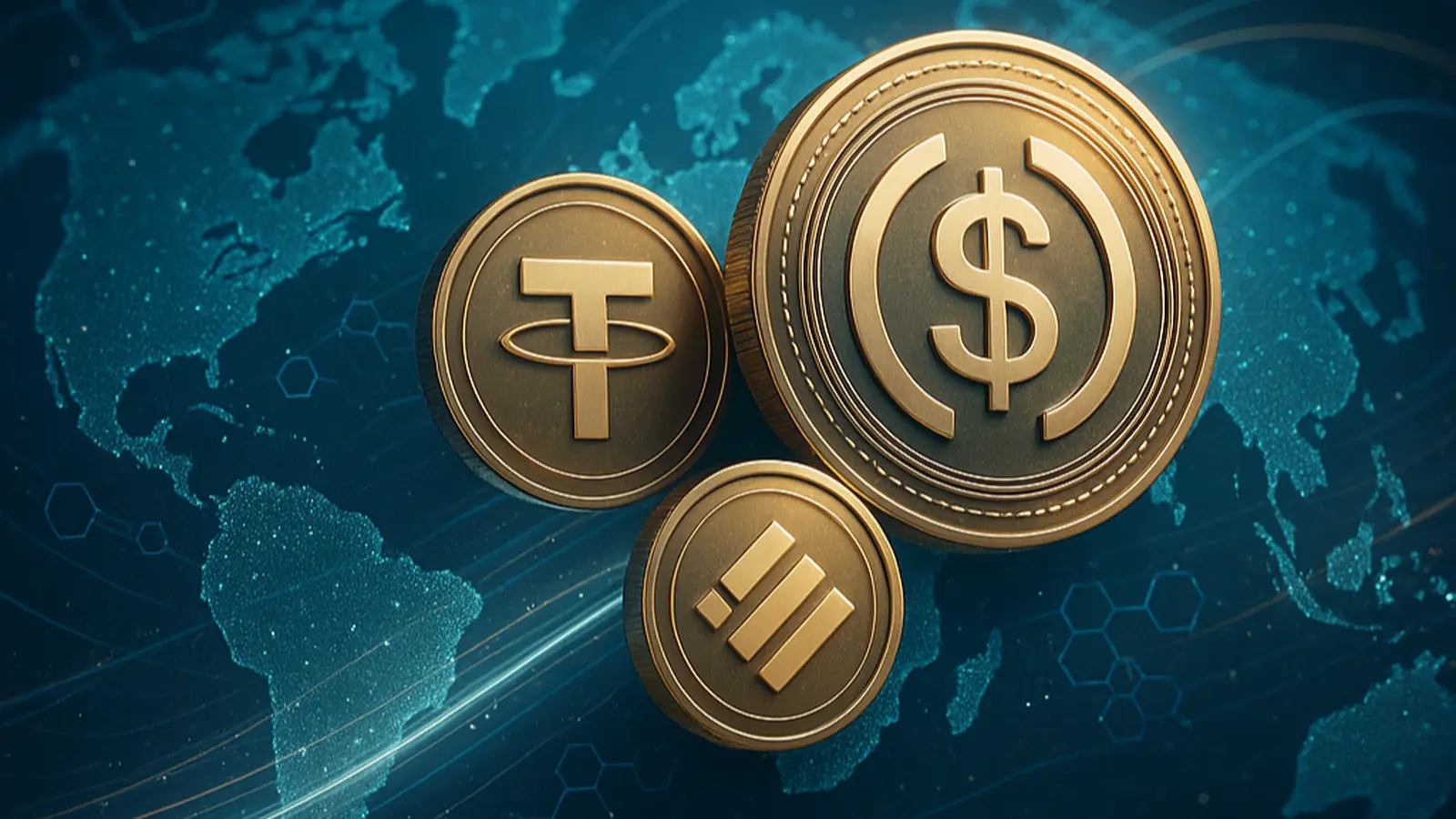4 Minutes
Stablecoins expand beyond trading desks — convenience meets new costs
Stablecoins are increasingly used for real-world payments, but the operational savings many anticipated are being eaten up by fees and on-chain congestion. New analysis from New York blockchain analytics firm Artemis finds rapid growth across payment channels — driven largely by B2B activity — while frictional costs remain a major barrier to mainstream adoption.
Key findings: scale, token share and fee pain
Artemis attributes roughly $136 billion in stablecoin payments to 33 firms between January 2023 and August 2025, with an annualized run rate near $122 billion. The report breaks down activity by use case:
- B2B payments: $76 billion annualized
- Peer-to-peer (P2P): $19 billion
- Card-linked disbursements: $18 billion
- B2C flows: $3.3 billion
- Prefunding operations: $3.6 billion
Tether’s USDT dominates the market, accounting for roughly 85% of transaction volume, particularly on the Tron blockchain. Circle’s USDC follows across Tron, Ethereum, Binance Smart Chain and Polygon. These stablecoins now underpin a growing share of crypto payments and treasury flows, from remittances and merchant payouts to corporate settlements.

From trader tool to payment rails
Artemis co-founder Anthony Yim and data scientist Andrew Van Aken emphasize that stablecoins have evolved from trading utilities into payment rails that firms and customers use in real business workflows. Major payment players — Visa, Mastercard, PayPal and Stripe — are exploring or piloting stablecoin integrations, signaling increasing institutional interest in crypto payments and blockchain-based settlement.
But that transition reveals weaknesses. While transfers on low-cost chains such as Solana can cost fractions of a cent, real-world use often involves swaps, exchange on/off ramps, network transfers and FX spreads. Those cumulative fees can equal or exceed traditional finance fees, undermining the value proposition of stablecoin payments for smaller transactions.
Network congestion and conversion costs
High-profile incidents highlight the problem: Ethereum congestion has driven fees to extreme levels during peaks, with reported cases of transaction costs reaching thousands of dollars for single operations. As investor and merchant volumes rise, on-chain congestion can spike gas fees and increase trading spreads on centralized exchanges — making some stablecoin use cases uneconomical.
Shark Tank judge Kevin O’Leary summed up the tension on social media: when real traffic hits these systems, the infrastructure strains. The solution, many experts argue, is multi-layer scaling — including layer-2s, cross-chain rails and improved exchange routing — to preserve the low-cost promise of digital cash.
Regulation, conflicts and new industry entrants
The report arrives months after U.S. federal action to create a framework for stablecoin issuance under the so-called Genius Act. Critics argue the law leaves consumer protection and conflict-of-interest concerns unresolved. The report cites examples of new issuer-backed tokens and large investors using proprietary stablecoins for high-value corporate moves, underscoring the need for clearer oversight.
One controversial case noted in coverage is USD1, a stablecoin linked to a private venture; such tokens illustrate how issuer incentives — earning interest on reserve assets like Treasury securities — can create opaque profitability models if disclosure and governance are weak.
Outlook: steady growth, but not yet a replacement for fiat rails
Artemis’ data shows stablecoin payments are scaling fast across business and consumer channels, but they still represent a small slice of global payment volumes. To reach mainstream parity with traditional finance, the ecosystem must reduce conversion and on-chain costs, improve cross-chain liquidity, and adopt stronger regulatory and governance standards.
For enterprises and crypto-native consumers, stablecoins already offer faster settlement and new operational flexibility. For mass-market adoption, the industry must address fee structures, scaling solutions and transparent reserve practices — or risk repeating the same bottlenecks that have slowed other financial infrastructure innovations.
Source: crypto
Comments
Reza
Used stablecoins for payroll once, fast settlement sure but conversion fees and routing mess made it worse. sad, learned a lot tho
blockmuse
If USDT on Tron runs the show, how are we still paying so much in fees? feels like scaling is stuck, or am I blind?


Leave a Comment